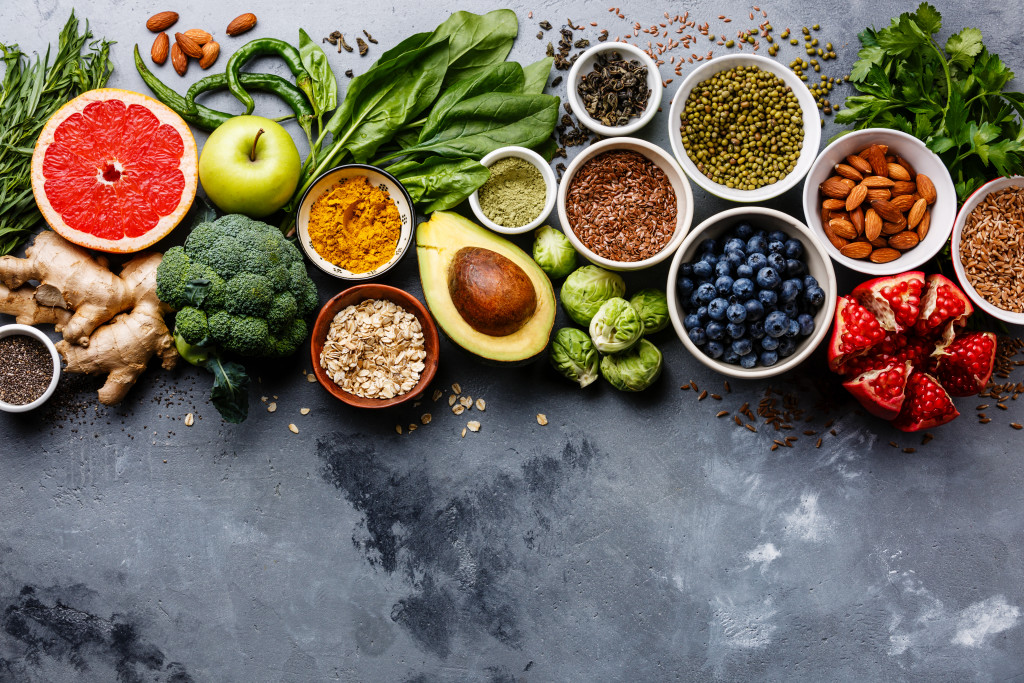Gardening is a terrific way to pass the time. They may provide vitality and aesthetic charm to your property, making it more attractive to potential buyers. Additionally, green thumbs may find themselves bored without a gardening hobby nearby. Even yet, not everyone has access to vast and beautiful gardens due to a lack of space or funding.
Many people believe that constructing a beautiful garden needs a large area of land. However, this isn’t always the case. While it may be tough or even impossible to grow your favorite crops, construct a beautiful eating area, or relax and enjoy yourself in a bit of space, it’s not as challenging or impossible as people make it seem. There are various methods to design your garden most efficiently and to maximize the space you have available. The following are some great ideas for organizing a tiny garden, so have a look if you’re looking for inspiration.
Plan It All First on Paper
Before planting anything in your garden, take the first step toward arranging it. Plan it all on paper before you start digging in the ground and planting seeds. Designing a garden map is what you should picture when you think about it.
You can achieve the optimum use of your property with the aid of a detailed map of the area. Start deciding where everything will go, separating green veggies and herbs into separate regions. And also root veggies together.
As a bonus, a map can assist assess whether you have enough space for all the crops you want to grow. Wait to buy flowers or seedlings until you determine how much space you have available for gardening. Also, think about what you want to achieve in terms of growth.
Plant in Triangles Instead of Rows
Pay heed to the arrangement of your plants to maximize the harvests from each bed. It’s best not to plant in squares or rows since it takes plenty of space. Instead, sow in triangles to space them out, and you can accommodate 10% to 14% additional seedlings into each bed.
Ensure that you don’t pack your plants together too tightly. Plants that are too close together may not grow to their full potential. Increasing the space between romaine lettuce plants from 8 to 10′′ will significantly boost harvest volume for every plant. Rather than focusing on the number of plants per square foot, think about weight yield.
Plants may be more vulnerable to illness and pest infestations if you space them too close together, so it’s best to divide them with fencing posts.
Use Climbing Plants to Make the Most of Your Space

You can increase the amount of space you have by growing vertical, regardless of how tiny your area is. Try growing vines that require a lot of space directly upwards on supports such as stakes, cages, fences, or trellises to provide them the support they need. Crops such as cukes, melons, squash, peas, pole beans, and tomatoes will need these supports.
This method of growing veggies also saves a lot of time. Since you can observe precisely where the fruits are, harvest and upkeep happen more quickly. Additionally, better air movement around the leaves of upward-bound crops minimizes the spread of fungal infections.
You can grow vines along the sides of your raised beds by using thread or nylon mesh netting on trellises to give the crops a surface for climbing. Remember to attach the frame to the vines as they develop. While hefty fruits are a concern, you needn’t be concerned about safeguarding them. Eventually, melons or squash will grow larger stems to sustain them.
Getting a Little Wild with Your Gardening
Try planting your crops according to your plan the moment you notice favorable weather and cooperative soil. It is best to place taller veggies such as corn in the back of your garden plot. Keep an eye out for harvest and growth seasons, too. Too much shadow from longer stalks might harm plants that require sunlight.
Consider using supports and barriers to encourage vine-like crops, including asparagus, celery, scallions, and rhubarb, to climb up. Remember to plant carrots, tomatoes, and peppers two feet away from stalk plants. Moreover, don’t plant veggies with thick foliage near bulb crops such as onions or garlic. You can also use your garden borders to produce various squash types like pumpkin, cucumber, and zucchini to make most of the space.
If you have enough room, growing yams and potatoes is also a good idea. Plant these, however, in an area where there is adequate capacity for root development deep into the earth.
Even if your garden begins out well-organized, it will require some work to maintain your current status quo. Also, always remember to put harvest dates on your calendar while planning your planting schedule.

